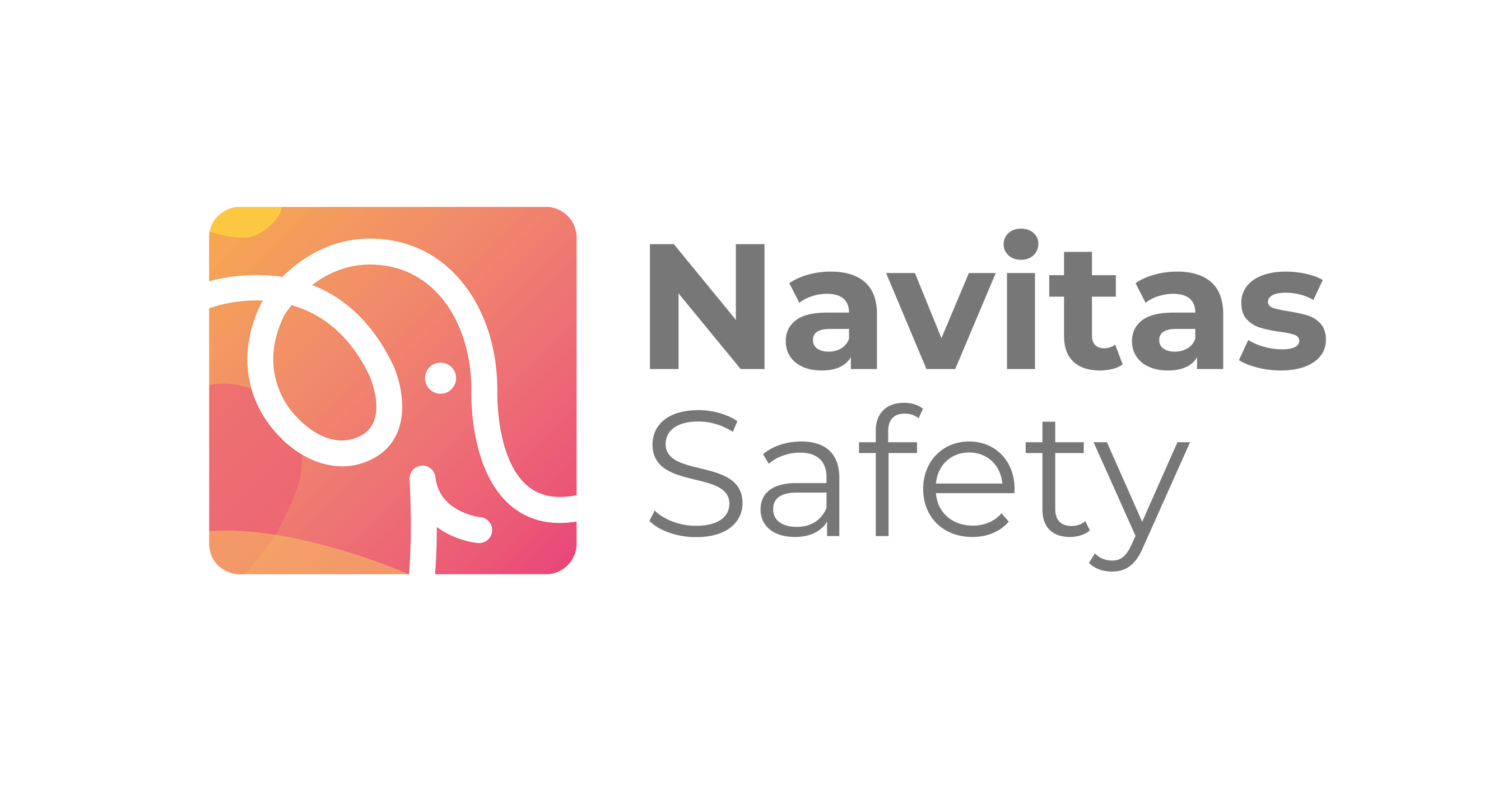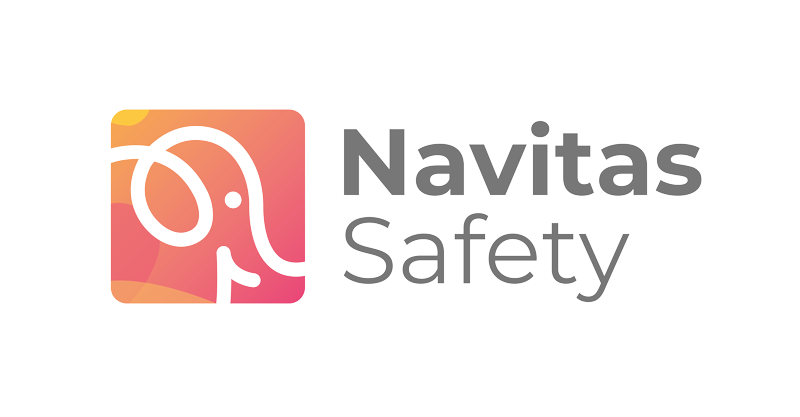Risk assessments are a crucial aspect of ensuring a safe and healthy work environment.
They provide a systematic approach to identifying, assessing, and controlling potential hazards that could impact the well-being of employees and others. In this blog, we’ll be shedding light on the importance of risk assessments and the responsibilities associated with them. Plus, we’ll be answering some key questions, including: when should a risk assessment be reviewed and what could be a reason to review a risk assessment?
When should a risk assessment be reviewed?
Risk assessments are only effective if they are accurate to the situation and context, so if circumstances change in your business then your risk assessments may be unfit for purpose. So, what could be a reason to review a risk assessment and when should you do this?
Trigger Events:
After an Accident, Incident, or Near Miss. If any of these has occurred then there may have been a failure in the current risk assessment and suitable measures were not implemented correctly. This necessitates a review to reassess and strengthen controls.
An urgent review of the current risk assessment will allow you to identify the unforeseen risks and implement necessary measures to prevent future incidents. This is the most severe reason to review a risk assessment, and ideally a review should have occurred prior to the trigger event, when the risk arose and change was made initially.
Following a Significant Change in Task or Activity:
Any substantial change in tasks or activities should prompt a review to address new risks associated with the altered processes.
An example of this could be: Your hospitality business has been using traditional manual fire evacuation procedures, where staff members are responsible for guiding guests to the nearest exits during emergencies.
Now, you have decided to implement an automated fire alarm and evacuation system that includes emergency lighting, directional signs, and automated announcements.This is a significant shift in safety-related tasks and activities and you should review your risk assessment to assess any risks that might materialise from the altered process.
Similarly, if your business has introduced new equipment or made changes to your Standard Operating Procedures (SOP), then this may introduce new risks that need to be evaluated and mitigated.
Team Member Changes or Changes in Profile:
Reviews are necessary when there are changes in the team, such as the arrival of new team members or changes in existing team’s health conditions. This is because your risk assessments need to account for the capabilities and limitations of your employees. Likewise, changes in leadership warrant a review to align the risk assessment with the new management’s policies and strategies.
An example of this could be: A hotel chain undergoes a change in executive leadership. Under the previous leadership, the hotel prioritised cost-effectiveness and standardisation, so the risk assessment was tailored to address challenges such as room occupancy rates, customer service standards, and operational efficiency.
With the change in leadership, a more personalised and experiential approach is emphasised as the hotel aims to differentiate itself by offering unique guest experiences and focusing on employee training to enhance customer interactions. Therefore, a review of the existing risk assessment is necessary to cater for the new challenges arising from this strategy.
Routine Reviews:
Aside from a trigger event and change in circumstances, when should a risk assessment be reviewed? Regularly. Routine reviews, at least annually, are essential. This ensures that the risk assessment remains relevant and up-to-date with any changes in the workplace or operations that might have been missed at the time or have only very minimally been adjusted.
It is important that your risk assessment adapts to any ongoing changes in the work environment and the most simple and effective way to guarantee this is through regular review. So, don’t forget to schedule them in!
Common Risk Assessment Questions:
Is a risk assessment a legal requirement?
First and foremost, is a risk assessment a legal requirement? Yes, conducting a risk assessment is a legal obligation. The Health and Safety Executive (HSE) mandates employers to assess the risks to the health and safety of their employees.
They state that “You have a legal duty to assess the risks to the health and safety of your employees (and risks to the health and safety of persons not in your employment) to which they are exposed while they are at work.”
If you have five or more employees within your businesses then the significant findings of your risk assessments must be documented, highlighting “details of any groups of employees particularly at risk such as older, younger, pregnant or disabled employees.”
Navitas Safety’s Risk Assessment Module provides a secure, digital location for you to do this – allowing you to store and complete your risk assessments, with all time, date and name stamps required to ensure legal compliance and full accountability.
Why is a risk assessment important?
Why is a risk assessment important? The National Institutes of Health emphasise that risk assessment is a proactive process, allowing businesses to identify and address risks before they manifest, as “our ability to eliminate or control risks depends entirely on our ability to identify/anticipate them.
Risk cannot be managed or addressed unless it is first identified.” Risk assessments are a key component of your health and safety management system, aiding in risk management and communication of essential controls to the team.
Who is responsible for risk assessment?
A common question our safety consultants get asked is: who is responsible for risk assessment? Ultimately, the responsibility of implementing the risk assessment sits with the employer as the person in control of the premises. Unison tells us that by law, “every employer must conduct risk assessments on the work their employees do. ”
Who should perform a risk assessment?
Now, who should perform a risk assessment? As per HSE guidance, employers are encouraged to seek help from competent individuals, considering their training, experience, and knowledge. A competent person is someone who “has sufficient training and experience or knowledge and other qualities that allow them to assist you properly.”
At Navitas Safety, our highly qualified Environmental Health experts are able to provide this service, supporting you to establish first-class risk management processes. Nevertheless, while external consultants or appointed Health and Safety leads are excellent at providing assistance and understanding the complexities of risk assessments, it is always key to involve the management team in the process.
This ensures a more nuanced understanding of the workplace and associated risks, as the management team often has a better understanding of the team, environment and context.
How many steps are there to a risk assessment?
There are 5 steps to a risk assessment:
1) Identify hazards
A hazard is anything that has the potential to cause harm. Hazards vary depending on your work activity but could include: exposure to substances such as chemicals, slips, trips & falls, burns & scalds, manual handling, cuts & lacerations, etc.
2) Decide who might be harmed
This isn’t just the person completing the task or activity. It could be the wider team, client staff, visitors, contractors, guests or members of the public.
3) Assess the risks
This is where you decide how likely (probability) it is that someone can be harmed and how serious (severity) the injury could be. A numerical calculation can be completed to determine the risk level or a more subjective, High, Medium or Low system can be utilised.
HSE states that these elements have to be decided upon:
- What you’re already doing to control the risks, e.g. COSHH training in place
- What further action you need to take to control the risks, e.g. provide appropriate PPE
- Who needs to carry out the action, e.g. manager
- When the action is needed by, e.g. immediately
4) Control the risks
This is where you have to ask yourself if there is anything else that can be done so that the harm is unlikely to happen. The ‘hierarchy of control’ should be used when determining the level of control required, e.g. replacing a corrosive chemical with a less harsh one. When determining suitable control measures, cost effectiveness of controls can be considered and implementation ‘as far as is reasonably practicable’.
5) Record your findings
Complete a documented risk assessment to record your findings and store it securely with your other health and safety policies. You can do this in a physical folder in your office or another safe location. Alternatively, you can do this in a digital format, such as via our Risk Assessment Module where you can access and complete all information, anytime, anywhere.
Finally, make sure that you regularly review your risk assessments, as recommended earlier in our blog, to guarantee that your safety standards are paramount and effective at all times.
There we go, that’s that. You now know that regular and thorough reviews of risk assessments are essential to maintaining a safe work environment. Plus, by staying proactive and responsive to changes, businesses can effectively manage risks, protect their employees, and ensure compliance with legal requirements. Easy peasy.
If you need help with your safety processes, speak to a member of our safety team who will be able to advise you on how to operate safely.
Subscribe for more safety content updates:






